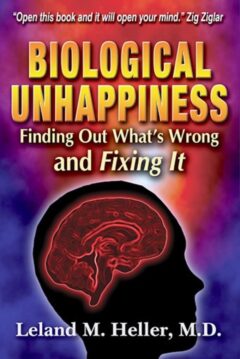QUESTION:
Dear Dr. Heller,
Is there really any hope for someone with dissociate identity disorder?
ANSWER:
I believe so, based on my experiences. Everyone I’ve met with the DID also had the BPD.
I’ve had a few who did very well, actually. The keys are the same as for everyone else – get all the diagnoses made per the screening test, have a plan for stress, and retraining the brain.
The DID requires a few extra challenges:
1) The patient virtually always needs daily epilepsy medications – which are often referred to as mood stabilizers. Tegretol (carbamazepine) is the best in my experience, far better than Depakote, Neurontin or Lamictil. I’m just starting to try Topamax and will keep this Website informed as to how it works.
2) The individual must have their symptoms aggressively treated. Feeling threatened, anxious, dysphoric, etc. must be dealt with quickly.
3) The individual must be kept safe. Nighttime problems seem the worst, and I’ve had some success with motion sensors and a large dog for some patients to make them feel safe.
Beyond that, everything else remains the same. The individual must do everything with all their energy, particularly the brain retraining. Everything I mention in the brain retraining section must be done, and I’d strongly recommend the individual do everything mentioned in chapter 7 of Life at the Border – particularly the mood checks. Counseling is necessary of course as well.
It’s not possible to overemphasize how important it is to learn how to be optimistic, healthy and happy. Ziglar’s tapes and the books I recommend, particularly “Embraced By the Light” by Betty Eadie and “Happiness is a Choice” by Barry Neil Kaufman are very, very important. I’ve never seen an individual with DID do great who didn’t listen to Ziglar and read positive books every day.
